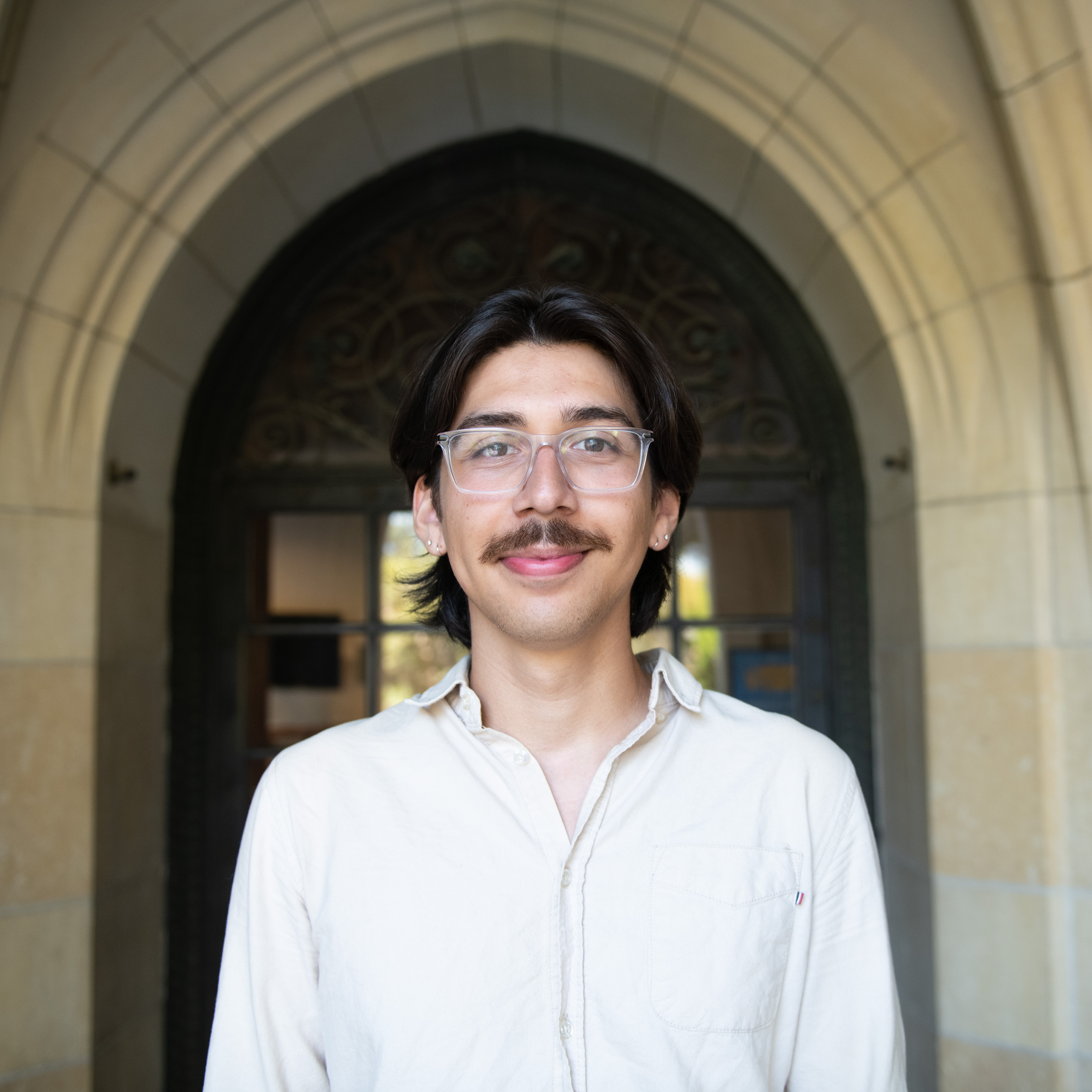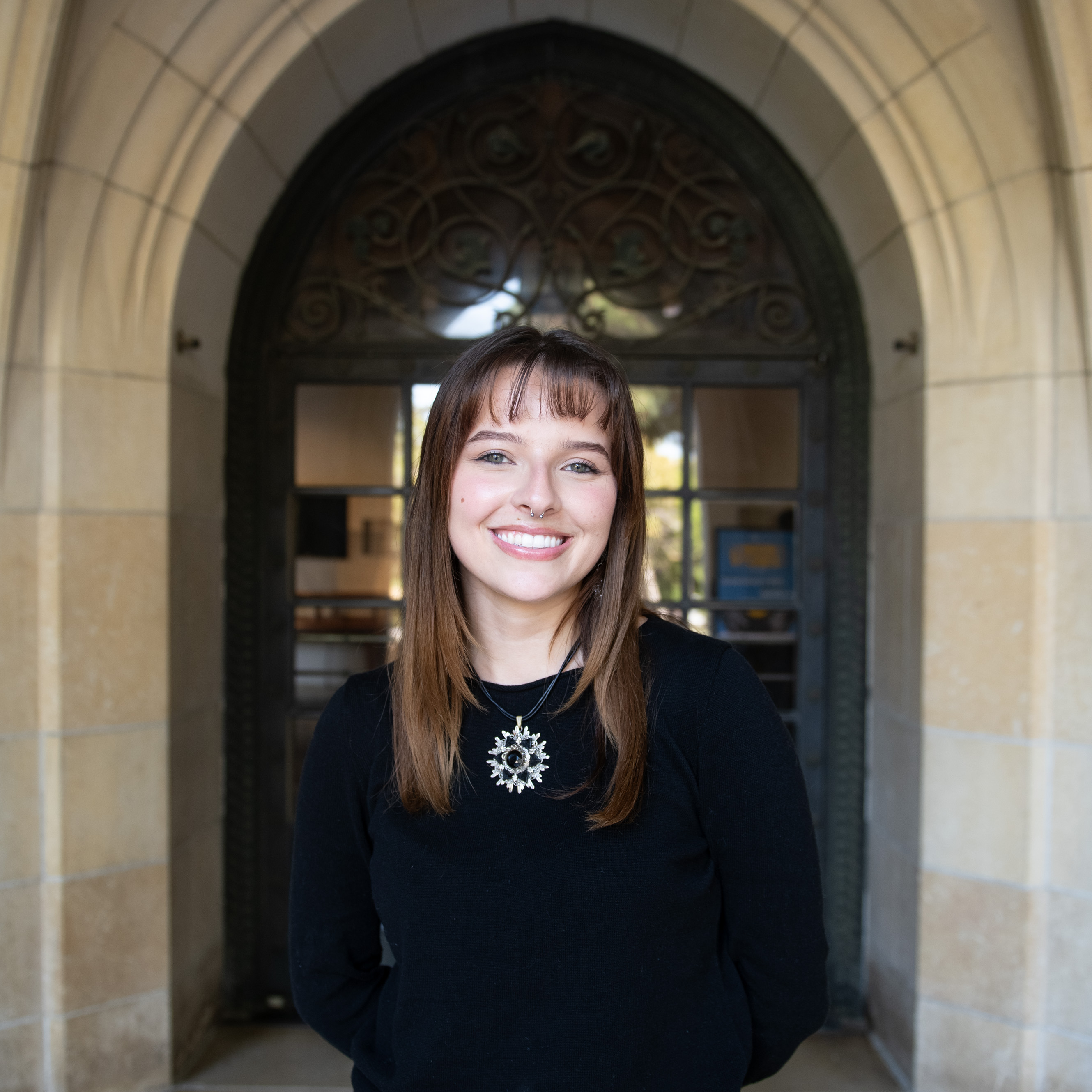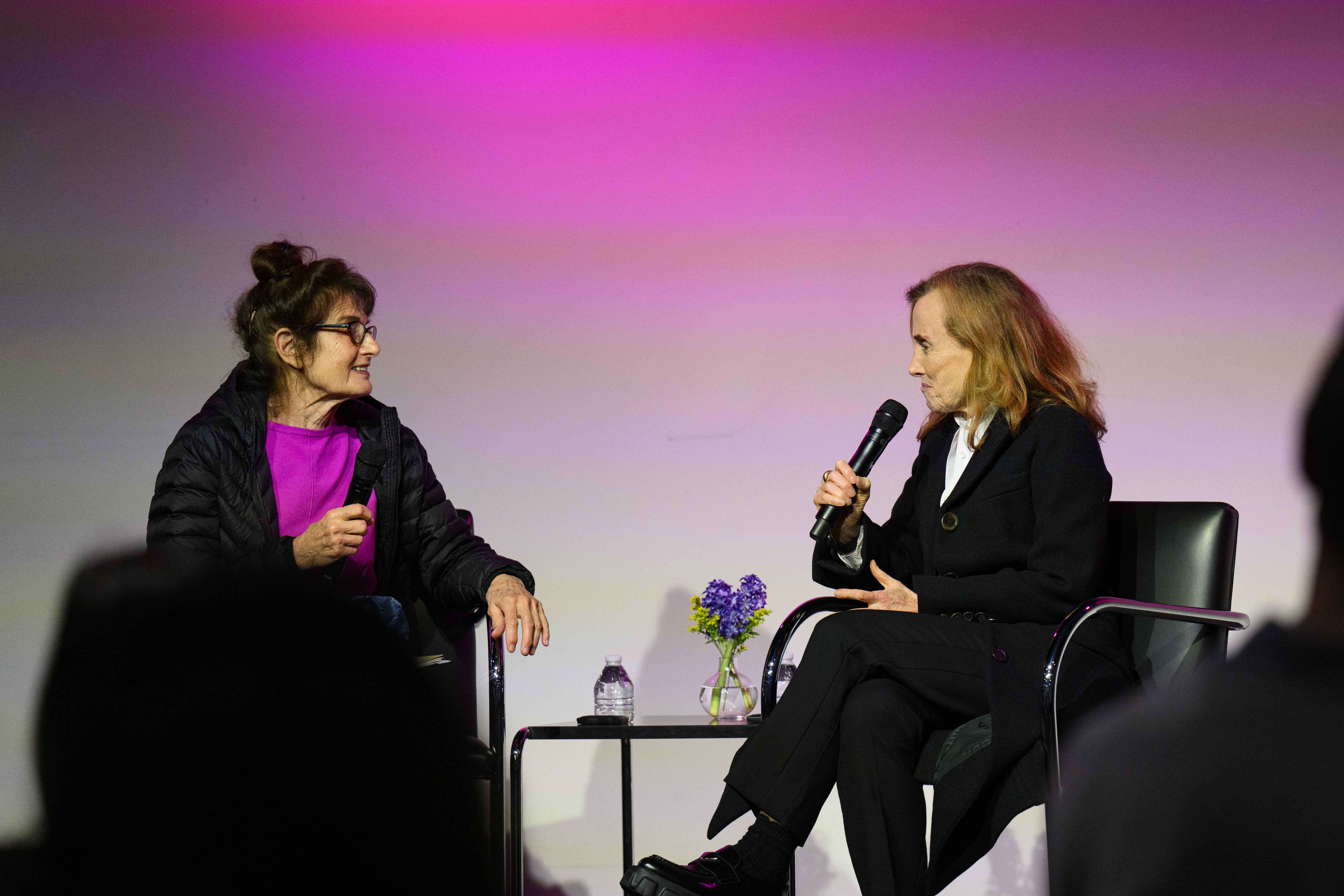Hammer Museum summer exhibits emphasize self-expression through fashion, fusion
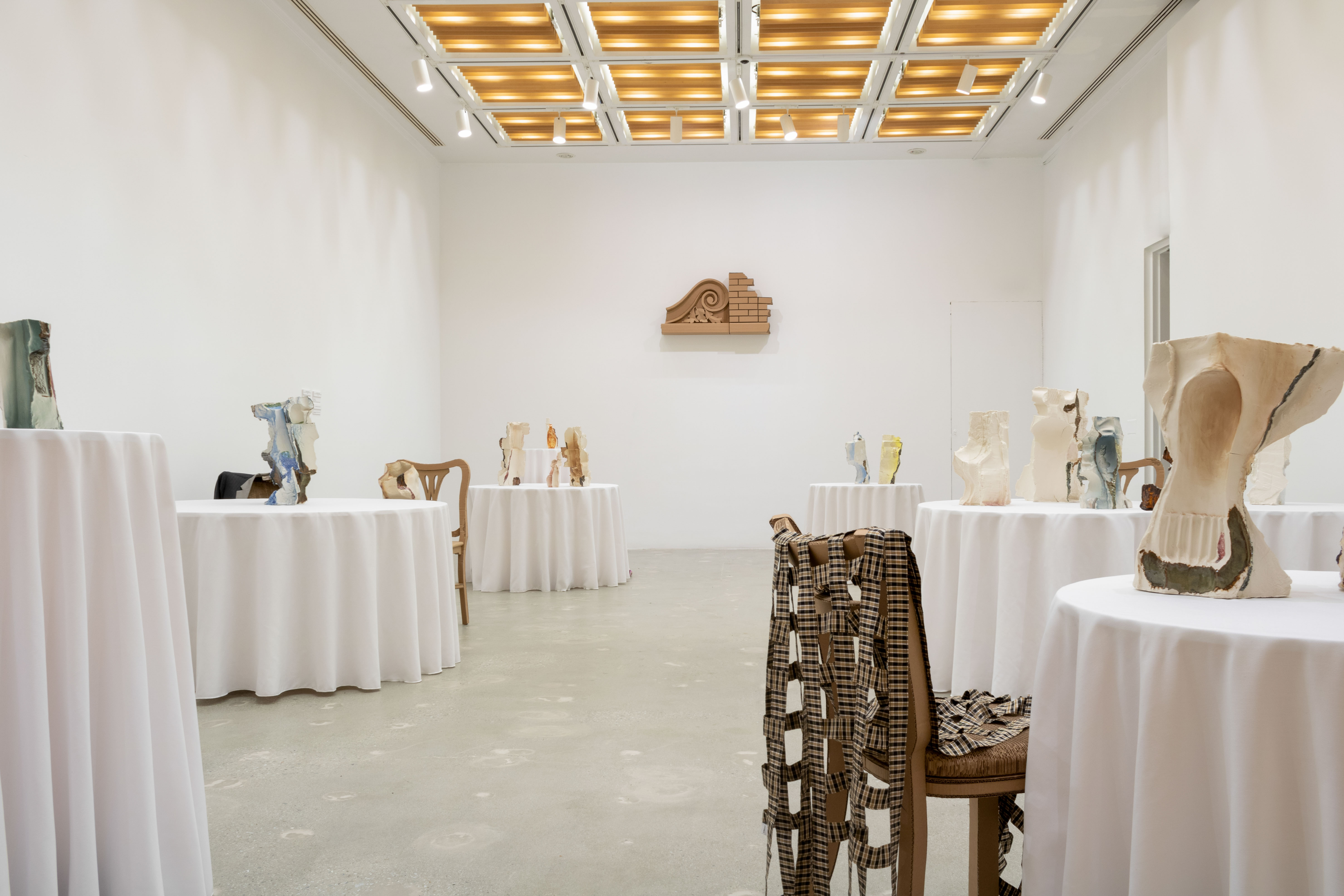
Pictured is the “Refashioning: CFGNY and Wataru Tominaga,” installation view, Japan Society. Before entering the Hammer Museum, the instillation was displayed at New York on November 18, 2022—February 19, 2023. (Courtesy of the Kirsten Kilponen)
Fashion, fusion and a fight for self-expression is dominating the Hammer Museum summer 2024 exhibition preview, molding diversification.
With the dawn of hotter months rapidly approaching, the Westwood museum’s newest summer exhibits showcase historical and reflective art collections museum visitors will be able to observe for the remainder of the upcoming season. Hammer Museum curator Erin Christovale and former curator Tiffany Lambert spoke about the artistic process and sociopolitical messages bred within each piece in the “Refashioning: CFGNY and Wataru Tominaga” exhibit, which will run through Aug 4. In an effort to combat accepted beliefs about race and gender, Christovale said fashion is used as the primary method of communicating the artist’s desire for change.
“The show is looking at how fashion as a primary medium can recast or recontextualize lots of other ideas,” Lambert said. “Fashion is so much about how we construct ideas about ourselves but also how we construct ideas about other people.”
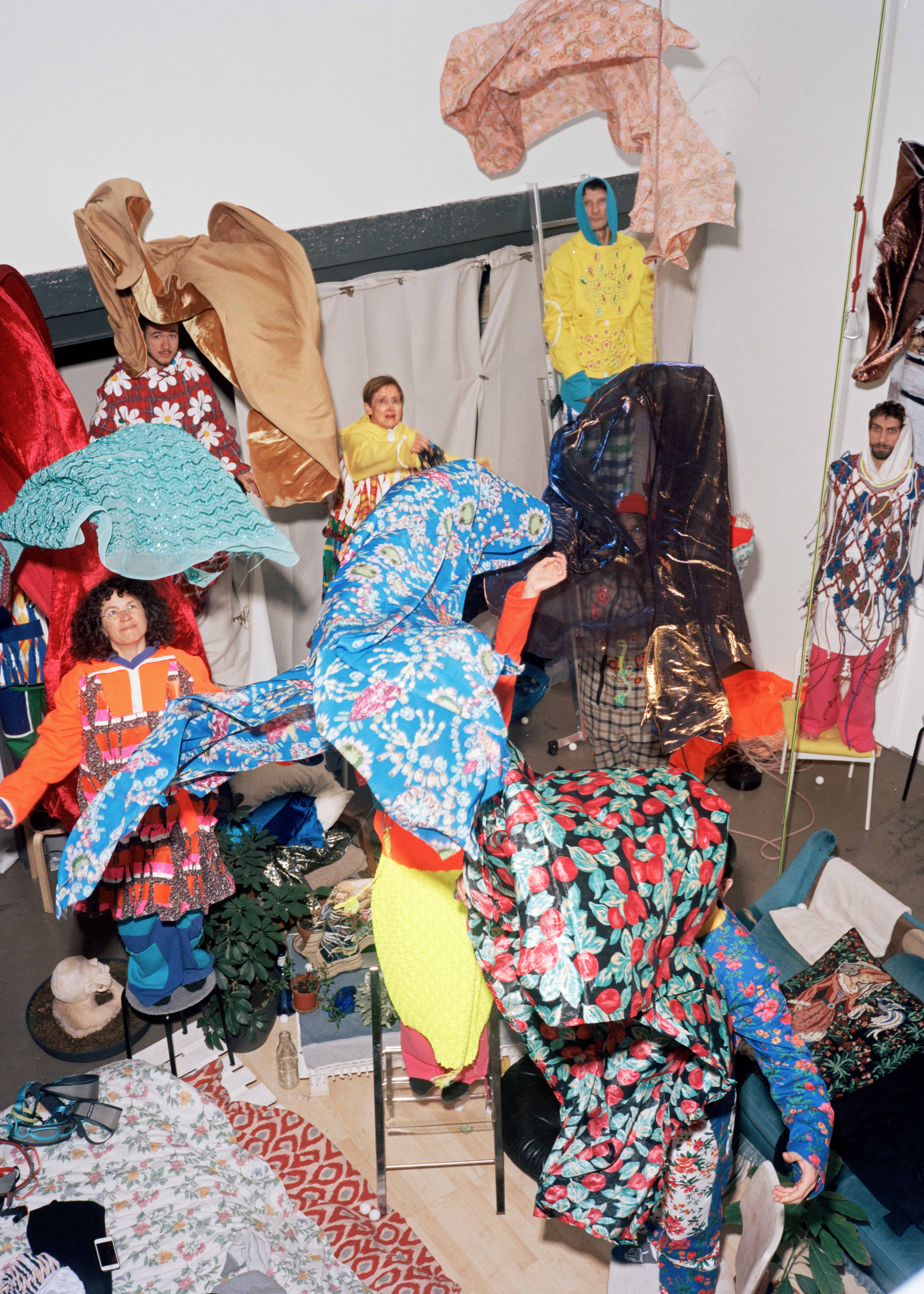
The exhibit began with a group of organized photographs from a collection of archives dedicated to Japanese American representation, Christovale said. Photographs of stuffed animals covered the majority of the room’s walls, encapsulating the concept of “cuteness” as a form of power — specifically through the lens of an oppressor in the wake of World War II, she added. Additionally, a dramatic paper curtain divided the room in half, its presence making sounds more difficult to hear depending on one’s placement. The partially distorted audio replicated choppy recordings from the Japanese American National Museum archive, emulating life in concentration camps across the West Coast, she said.
[Related: Avant-garde exhibit ‘Only the Young’ explores artistic rebellion of Korea’s youth]
Shifting to the next exhibit, white-draped tables were used to display imprinted ceramics and effervescent clothing garments in the following room. Christovale said the artwork featured is intended to represent a banquet-hall event in Japanese society and is meant to celebrate and acknowledge a more personalized cultural history. Two mannequins dressed in androgynous clothing were placed in the corner to continue the messaging from the exhibit’s first room, with one dressed in a deep purple dress sporting a stuffed animal inside a custom pocket and the other clad in a sharp-edged architectural burgundy suit.
The exhibit continued with an exuberant and playful display of clothing by one of the event’s designers, Wataru Tominaga. In pursuit of encouraging a more gender-fluid approach to fashion in society, Tominaga’s handmade pieces challenged the confines of traditional clothing roles through loud, neon colors and diverse textures and fabrics. Frayed pants that deterred from common silhouettes and vinyl taped jackets that blended old materials with new ideas filled the room with both vitality and a vision of a more inclusive future in contemporary fashion.
“(The pieces are) combining high and low with these other ideas about gender and shape and fluidity,” Lambert said. “(The designers) are trying to create their own sort of fashion utopia, and it’s certainly one that I want to be in.”
[Related: Q&A: Artist Roksana Pirouzmand hopes visitors connect with her art at Hammer Museum]
The second summer exhibit, “David Medalla: In Conversation with the Cosmos,” was curated by Aram Moshayedi, the interim chief curator at the museum, and Nyah Ginwright, a curatorial assistant. The exhibit, which runs through Sept. 15, highlighted the work of David Medalla, the late artist and political activist, who is best known for his “biokinetic” sculptures and impact on the London avant-garde scene. In comparison to the previous exhibit, Medalla’s art was presented in much smaller rooms, and Moshayedi educated the audience on the calculated approach both he and Ginwright took in preparing the exhibition. Those in attendance lingered throughout the galleries, which included a mechanical installation titled “Cloud Canyons” that steadily poured out suds of soap.

As guests made their way to the final room featuring Medalla’s work, lighthearted jokes and conversations formed on the topic of the artist’s life. More specifically, talk sparked about the love affair that Medalla had with Adam Nankervis, a fellow artist and co-founder of the art group The Mondrian Fan Club. Moshayedi wrapped up his tour and the end of the guided event by leading the audience to the conclusion of the exhibit, which happened to be in the most compact room of the entire exhibition. Bringing attention to the nature of Medalla’s art that differentiates him from other artists, Moshayedi left the audience with a humorous yet insightful note.
“In this moment, in addition to works that were actually able to be realized, he’s (Medalla) also producing a fantastical series of works that are pulling from certain kinds of physical and cosmic phenomena,” Moshayedi said. “He’s proposing works that can never be realized, like a lava machine that would spew lava in a gallery, which has a certain kind of aggressive tendency to it, but also, you know, would be kind of alluring, for a few minutes at least.”


